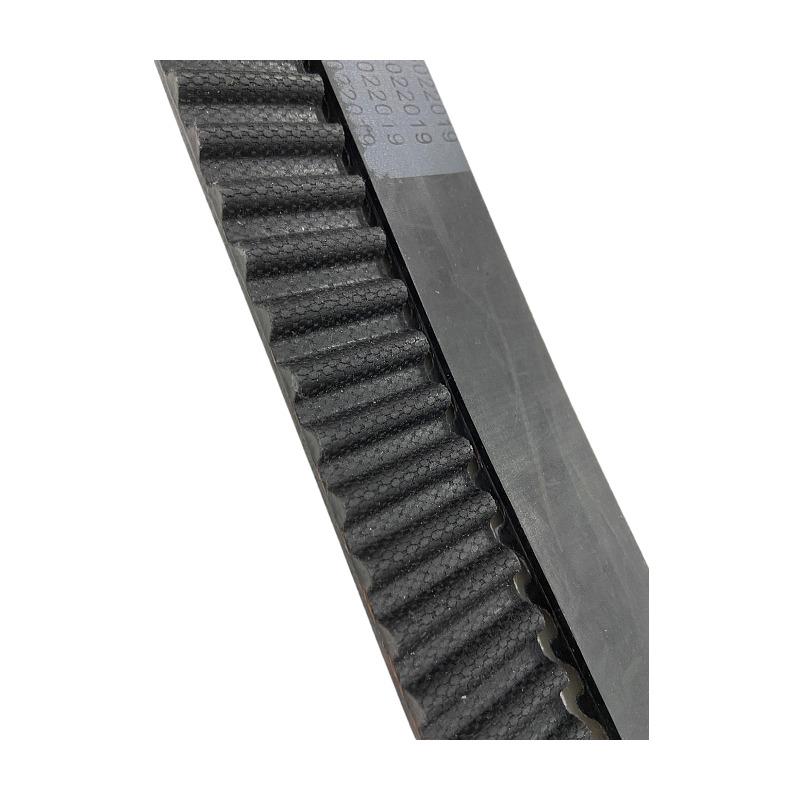- Arabic
- French
- Russian
- Spanish
- Portuguese
- Turkish
- Armenian
- English
- Albanian
- Amharic
- Azerbaijani
- Basque
- Belarusian
- Bengali
- Bosnian
- Bulgarian
- Catalan
- Cebuano
- Corsican
- Croatian
- Czech
- Danish
- Dutch
- Afrikaans
- Esperanto
- Estonian
- Finnish
- Frisian
- Galician
- Georgian
- German
- Greek
- Gujarati
- Haitian Creole
- hausa
- hawaiian
- Hebrew
- Hindi
- Miao
- Hungarian
- Icelandic
- igbo
- Indonesian
- irish
- Italian
- Japanese
- Javanese
- Kannada
- kazakh
- Khmer
- Rwandese
- Korean
- Kurdish
- Kyrgyz
- Lao
- Latin
- Latvian
- Lithuanian
- Luxembourgish
- Macedonian
- Malgashi
- Malay
- Malayalam
- Maltese
- Maori
- Marathi
- Mongolian
- Myanmar
- Nepali
- Norwegian
- Norwegian
- Occitan
- Pashto
- Persian
- Polish
- Punjabi
- Romanian
- Samoan
- Scottish Gaelic
- Serbian
- Sesotho
- Shona
- Sindhi
- Sinhala
- Slovak
- Slovenian
- Somali
- Sundanese
- Swahili
- Swedish
- Tagalog
- Tajik
- Tamil
- Tatar
- Telugu
- Thai
- Turkmen
- Ukrainian
- Urdu
- Uighur
- Uzbek
- Vietnamese
- Welsh
- Bantu
- Yiddish
- Yoruba
- Zulu
Nov . 08, 2024 23:07 Back to list
V-Belt Options for Toyota Hiace - Enhance Performance and Durability
Understanding the Importance of V-Belts for Toyota Hiace
The Toyota Hiace is one of the most popular vans in the commercial vehicle segment, well-regarded for its reliability, spacious interior, and versatility. Among its many components, the V-belt plays a crucial role in ensuring the smooth operation of the engine and the functioning of various systems. This article will explore the significance of V-belts in the Toyota Hiace, how to maintain them, and when to replace them for optimal performance.
What is a V-Belt?
A V-belt is a flexible loop of rubber or synthetic material used to transmit power between rotating shafts, primarily in automotive engines. The V shape of the belt allows it to run in grooves on pulleys, which enables it to grip better under tension and deliver torque effectively. In the context of the Toyota Hiace, V-belts are integral to driving components such as the alternator, water pump, and air conditioning compressor.
Why are V-Belts Important?
1. Power Transmission V-belts are essential for transferring power from the engine to various components, including the alternator and water pump. A worn or damaged belt can lead to failures in these systems, resulting in a vehicle breakdown or inefficient operation.
2. Engine Cooling The water pump, which is typically driven by a V-belt, circulates coolant throughout the engine to maintain optimal operating temperatures. If the V-belt fails, the water pump will stop functioning, potentially leading to engine overheating and serious damage.
3. Accessory Functionality Many of the accessories in the Hiace, such as the power steering and air conditioning systems, rely on V-belts for their operation. A malfunctioning V-belt can hamper the performance of these systems, leading to an uncomfortable driving experience and increased strain on the engine.
Signs of V-Belt Wear
Identifying the signs of V-belt wear early can save time and money on repairs
. Here are some common symptoms of a failing V-belt in the Toyota Hiace- Squealing Noises A high-pitched squealing sound, especially during startup or when accelerating, indicates that the belt may be slipping. This can be due to wear, misalignment, or insufficient tension. - Cracks or Fraying Visually inspecting the belt for cracks, fraying, or other visible damage can help you determine its condition. If you notice any of these signs, immediate replacement is recommended.
for toyota hiace v-belt

- Fluid Leaks Oil or coolant leaks around the belt can lead to deterioration. If you notice fluid on the belt’s surface, the source of the leak should be addressed, along with the belt replacement.
- Loss of Accessory Functionality If the air conditioning stops cooling or the power steering feels heavy, it could be a sign that the V-belt is slipping or has broken.
Maintenance Tips
To ensure the longevity and efficiency of the V-belt in your Toyota Hiace, consider the following maintenance tips
1. Regular Inspections Check the V-belt regularly for signs of wear and tear. Look for cracks, fraying, or any signs of misalignment.
2. Proper Tensioning Ensure that the V-belt is properly tensioned. Over-tightening can cause premature wear, while a loose belt can slip, leading to operational failures.
3. Environment Consideration Keep the engine bay clean and free from oil and dirt, as contaminants can degrade the belt’s material.
4. Professional Servicing Schedule regular maintenance with a qualified mechanic who understands the intricacies of the Toyota Hiace. They can provide comprehensive inspections and replacements when necessary.
Conclusion
The V-belt is a small yet vital component of the Toyota Hiace that significantly influences the vehicle's performance and reliability. By understanding its role, recognizing the signs of wear, and committing to regular maintenance, you can ensure that your Hiace operates smoothly and efficiently. Remember, a timely replacement of a worn-out V-belt can prevent larger issues and keep you on the road longer. Investing time in the care of your vehicle will ultimately lead to a more reliable and enjoyable driving experience.
-
Upgrade Power Steering Pump Belt for Smooth, Quiet Operation
NewsAug.27,2025
-
Precision Timing Belt & Chain: Engine Performance & Durability
NewsAug.26,2025
-
Precision Lathe Drive Belts: Durable & Reliable Performance
NewsAug.25,2025
-
84.5 Serpentine Belt: Durable & Precision Fit for Your Engine
NewsAug.24,2025
-
Premium Ribbed Drive Belts for Quiet Power Transmission
NewsAug.23,2025
-
High-Performance Vehicle Timing Belt for Engine Precision
NewsAug.22,2025

